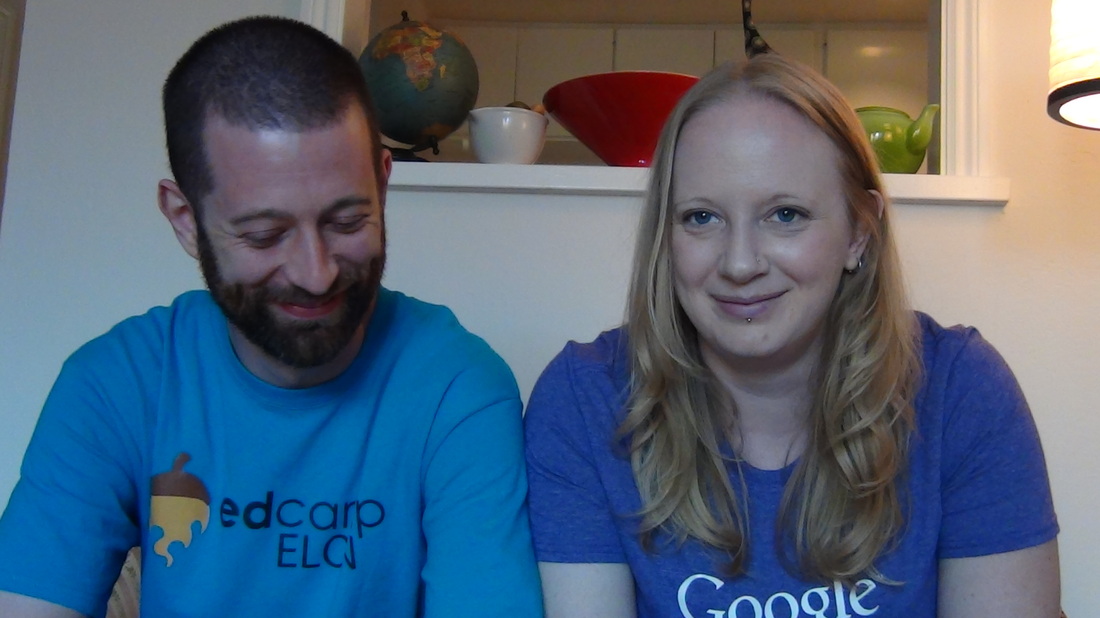So who is right? As usual, the truth is complicated.
The point of contention with worksheets seems to be that they are a one-size-fits-all method that ask little of the teacher other than to stand at a copy machine for a few minutes to produce one-size-fits-all pages that drill-and-kill various standards and skills.
While I sympathise with the arguments, I believe worksheets, when properly designed and implemented, have a place in the classroom. And while I also believe that there are many good teachers using worksheets from textbook supplementary materials, I also think that when you create a worksheet specifically with your own class context and students’ needs in mind, it is far more useful. There are plenty of times when I choose to use content I haven’t created, but when it comes to skill practice, I want my students to have something I designed specifically for them.
Thankfully, there is a tool that allows me to create worksheets that are infinitely customisable as well as ones that can easily be differentiated for students with different educational needs. That tool is Google Drawing.
That’s where Google Drawing comes in. It is sort of like a single Google Slide, where you can place text, change colours, add drawings, and layer images. But you can also change the size of the canvas, add colours, add tables, and rearrange everything freely. It gives you the ability to create annotations on text, or on a map, or even discrete text boxes to answer questions.
This is a worksheet with a difference. Having the ability to make different versions of the same worksheet means that I can send students different templates without them knowing what they are getting is different from anyone else. So while I can make one that pushes my students who require more challenge, I can also simplify the language and reduce the number of questions or the length of the required answers. I can even change the task altogether: I ask all students to create a topographical map of India, but it can be a simple task, like “label the Himalayas” or it can be more challenging, like “draw and label all of the rivers in India.” With a form that appears to be exactly the same, there is no stigma for students who struggle, and there is far less time the more proficient students spend bored, waiting for others to finish.
But you can also use Google Draw for group tasks where collaboration can create differentiation. When I create templates for helping my students learn how to harness the power of Advanced Search, I can go group to group and assign parts. Students who are more proficient can be given the task of finding the first resource, and then the rest of the group can analyse it to add the relevant information to their document. Students can also teach each other as they work - that is more organic, and allows relationships to develop and skills to build over time.
The fight against worksheets is one with which I sympathise. I know way too many teachers who have taught the same year twenty times, and rely on their decades-old mimeograph copies in the filing cabinet to get them through the year. But I know a far larger group of teachers who want to meet the individual needs of their students and just don’t know how to do that with the limited time they have.
That’s where Google Drawing can fill the gap. Google Drawings can help students learn the eight parts of speech, how to take notes about Alexander the Great, how to find the four types of conflict in their independent reading book, how to research the downfall of the Indus River Valley, or how to create a Frayer model to help them understand Buddhism. Those are just the beginning; any skill can be practiced in a Google Drawing.
The key to using Google Drawing as a “worksheet” is to create something that requires one skill or a very small set of related skills. It should also be something that you can customise, either in the content or language. And it should be something that allows for some creativity. Beyond being a great base for text and images, it also allows students to create their own individual drawings out of the set of pre-made shapes.
Using those pre-set shapes, my students made lists of what my students next year should know about my class, they researched a Neolithic settlement and showed what grows there, and even illustrated characters from the opening passage of Virginia Woolf’s The Waves.
Google Drawings are flexible, differentiated, and a powerful creative tool. It can be used for any subject and any level. They require more from teachers than choosing a page in the textbook and standing over a copy machine, but the yield in student learning and enjoyment is well worth the investment.
How do you use Google Drawing in your classroom? Share your ideas in comments.


 RSS Feed
RSS Feed
